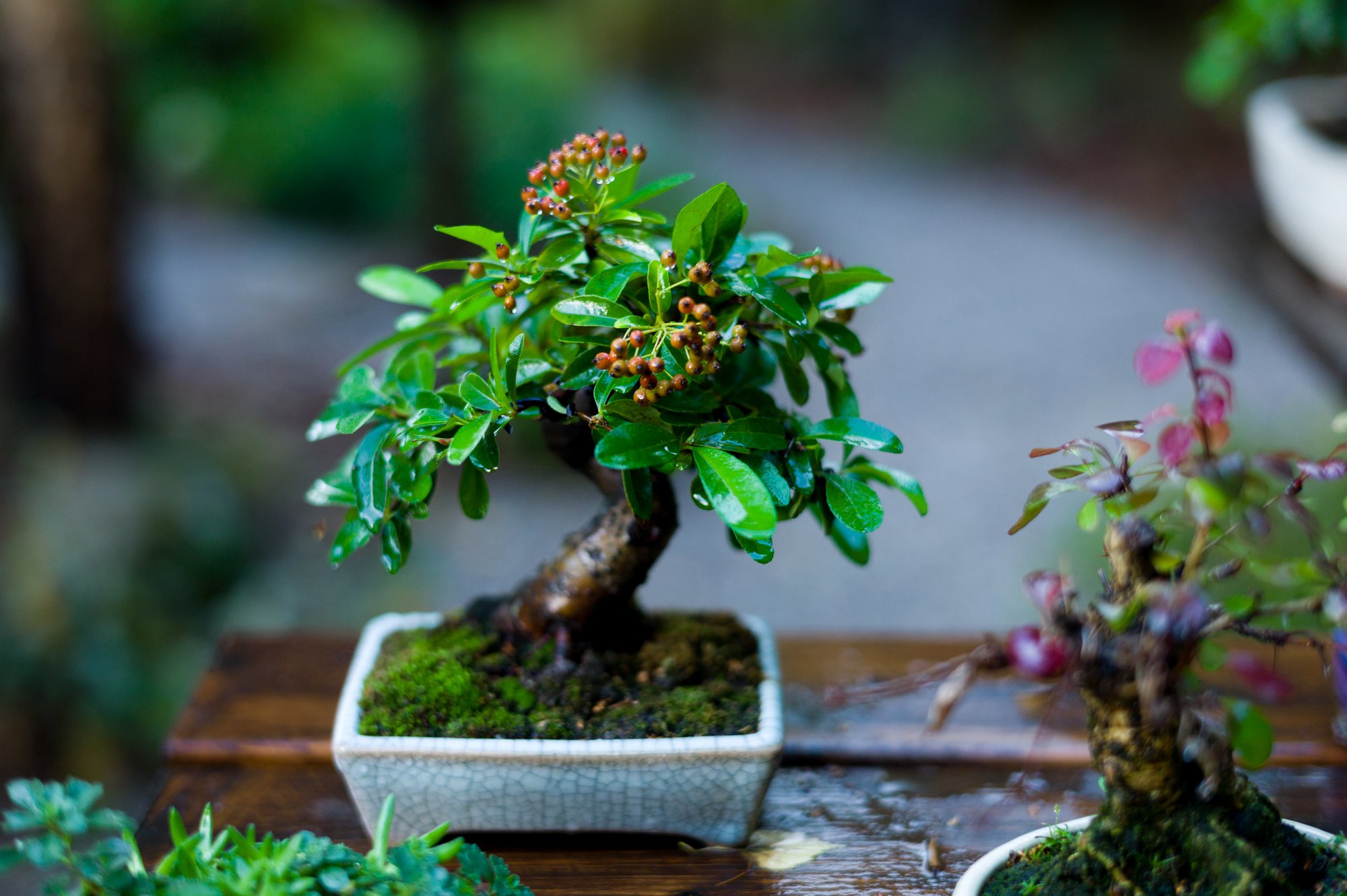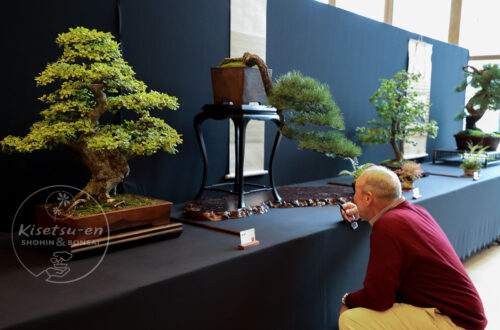Preparing exhibition part 2
The Danish annual exhibition takes part next weekend so the last steps preparing for the exhibition has to be performed these days. Trees has already been selected, so now it is about the final adjustments. Finding the right tables for trees that needs to be levelled higher, cleaning tables i.e.

I enjoy doing these spring time exhibitions, although being much more difficult to plan than a winter display. A week with different temperatures can change a tree from being in perfect shape and flowering to be doll and not ready at this place. So the few misplaced pictures from the garden just to share the joy of the springtime here.

The exhibition hopefully will turn out good, although I see some bigger issues for the society regarding the structure under pressure from clubs, but I will not tire you with this, despite that it may turn out badly for our community. Unfortunately egos seems bigger than the commitment for the integrity. But I hope for the future of the association and bonsai development that we can manage some common sense.
Back to preparations. When setting up a Shohin display it is important to be creative and try different positions with trees. There are some basic guidelines to be aware of though. The main thing is the main tree, always placed at the highest level at a rack that correspond with the binary tree placed outside the rack (when using a rack with several trees). The main tree can be a conifer or a deciduous tree. In Japan conifers are most times the favourite (Japanese Black Pines especially), but this is not a rule, just a tradition. Deciduous trees are fully valid choices, as long as they persist the characteristics wanted by the main tree. The main tree has to be a solid and sturdy looking tree. It must have the characteristics of an old, steady and formal tree. It does not have to be a conifer (as misunderstood by many including my self for years), but can easily be a deciduous tree. As long as it shows strength, which rules out flowering or fruit bearing trees, which are considered feminine and therefore weaker (I apologize to female readers of the blog, but this is how trees are read).

So the picture shown here with a conifer at the top, is actually the wrong way to set up the display. Why? Because the tree does not show strength in the sense we want it in the Shohin display, despite being a conifer. The movement and trunk lines are more feminine, so it will fit better at a lover level at the display. Instead I will choose another of the trees shown, but guess what? You will have to wait another week and see the final display I set up for the exhibition. So until next week… 
Below a series of tests with different tables i.e. to see how things works the best.












No Comments
alfredo espino
Thanks for sharing that piece of paradise, Morten!